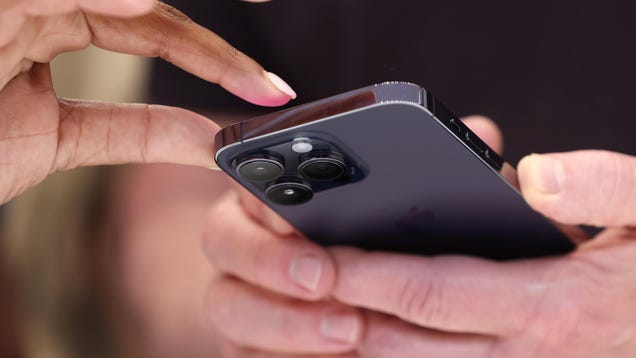Jabra was one of the first companies to solve the puzzle of true wireless earbuds. From its first model in 2018, the Elite 65t, the company has consistently offered a great mix of sound and features across a range of prices. And on top of that, Jabra's earbuds have been some of the most reliable from the jump, consistently staying connected even in the early days of true wireless. Today, the company adds two more options to its lineup: the Elite 10 and the Elite 8 Active. While the first is Jabra's new full-featured premium model, the latter is a rugged workout companion that's been put through military-grade testing.
Jabra didn't change much in terms of design between its most recent earbuds and these two new models. On the Elite 10, the company says it combined the fit from the Elite 7 Pro with the "all-day" comfort from the Elite 85t. Jabra also developed what it calls ComfortFit for the Elite 10, a semi-open design with less occlusion and ear pressure. The earbuds are wrapped in soft silicon to further enhance the fit and slight tweaks to the shape should fit more ears than previous Jabra models.
The key addition on the Elite 10 is Dolby Atmos audio. This is the first Jabra model to feature Dolby's immersive sound and the earbuds also support the company's head tracking tech. The Elite 10 has 10mm drivers and "advanced" active noise cancellation (ANC) which Jabra says automatically adjusts to your surroundings using infrasonic waves to measure the ear canal. The system then leverages an algorithm to detect any leakage or change in wind conditions. The company also explains that this advanced ANC blocks twice as much noise as it's "standard" noise cancellation.
Jabra is hyping up the productivity aspect of the Elite 10 as well. It's promising "crystal-clear calls" thanks to six built-in microphones and voice clarity algorithms. Bluetooth Multipoint connectivity, HearThrough (transparency) mode with wind noise reduction, automatic pausing, hands-free voice assistants, fast pair, wireless charging and Bluetooth LE support round out the list of conveniences. The IP57-rated earbuds can withstand dust and full immersion so they'll also do well during workouts. In terms of battery life, Jabra says you can expect up to six hours with ANC on and the case provides another 21 hours of use.
The Elite 10 will be available in September for $250. They will come in cream, cocoa, titanium black, gloss black and matte black.
If you need a set of wireless earbuds that can withstand the rigors of a more adventurous lifestyle, the Elite 8 Active should fit the bill. While the company has built workout-friendly Active models before, this new option takes things up several notches. In fact, Jabra is calling the Elite 8 Active "the world's toughest earbuds." They've passed all the required testing for the US military's Standard for Ruggedized Electronics (810H), which includes humidity, high temperature, rain and altitude. The company says the Elite 8 Active are completely watertight, supported by an IP68 dust and waterproof rating (the case is IP54).
Jabra didn't stop the testing there. It also conducted High Accelerated Corrosion Testing (HACT). The trial includes 11 full cycles of two hours in 104 degree Fahrenheit temperatures with 93-percent humidity, a 15-minute splash test in saltwater and a 15-minute 104 degree Fahrenheit drying test. Jabra says the Elite 8 Active also stayed in place the entire time — in a mannequin we hope — thanks to the ShakeGrip coating that has covered previous Active models.
In terms of audio, the Elite 8 Active packs in 6mm drivers and support for Dolby Audio. It's not Atmos, but it's likely better than standard sound. There's also adaptive ANC that automatically adjusts to your environment, although it's not as powerful as the "advanced" noise canceling on the Elite 10. However, the less powerful ANC leads to better battery life. Jabra says you can expect up to 8 hours of listening time with ANC on and 32 hours total with the case factored in. HearThrough (transparency) mode is here once again, as is a six-microphone setup for calls that's equipped wind-blocking mesh. There's also smartwatch connectivity (HFP, A2DP and AVRCP Bluetooth profiles), Google Assistant, fast pair, Spotify Tap, Bluetooth LE and more.
The Elite 8 Active are available today for $200 in caramel, cocoa, navy, black and dark grey color options.
This article originally appeared on Engadget at https://ift.tt/7KBXMIafrom Engadget is a web magazine with obsessive daily coverage of everything new in gadgets and consumer electronics https://ift.tt/7KBXMIa
via IFTTT https://ift.tt/0wo51iM















